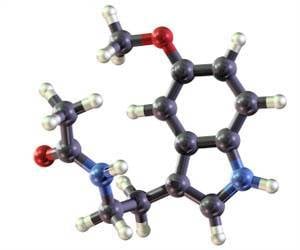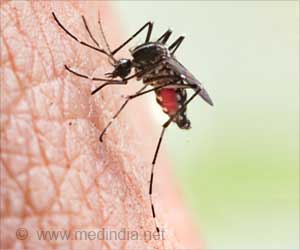Methane concentrations in the air began to surge around 2007 and grew precipitously in 2014 and 2015.

‘Global concentrations of methane are now growing faster in the atmosphere than at any other time in the past two decades.’





Methane concentrations in the air began to surge around 2007 and grew precipitously in 2014 and 2015, the study found. In that two-year period, concentrations shot up by 10 or more parts per billion annually. It is a stark contrast from the early 2000s when methane concentrations crept up by just 0.5 parts per billion on average each year, the study said. Methane, Jackson said, is a difficult gas to track. In part, that is because it can come from many different sources.
Those include natural sources like marshes and other wetlands. But the bulk, or about 60 percent, of methane added to the atmosphere every year comes from human activities.
They include farming sources like cattle operations -- cows expel large quantities of methane from their specialised digestive tracks -- and rice paddies -- the flooded soils make good homes for microbes that produce the gas.
A smaller portion of the human budget, about a third, comes from fossil fuel exploration, where methane can leak from oil and gas wells during drilling. "Unlike carbon dioxide, where we have well described power plants, almost everything in the global methane budget is diffuse," Jackson said.
Advertisement
The findings were published in the journal Environmental Research Letters.
Advertisement









